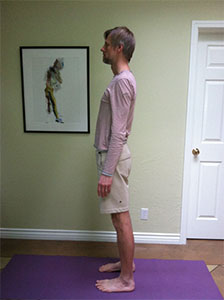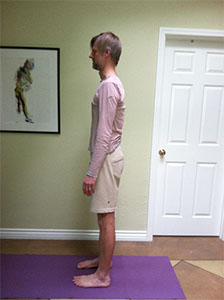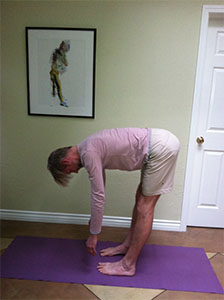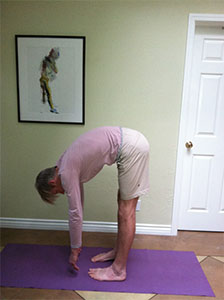The importance of sending the right message
As a teacher of yoga and restorative exercise, a big part of my work is communication. To be effective, I must convey my instructions clearly to my students. To help my students achieve their goals, I must also teach them how to communicate with their own bodies.
The human body responds perfectly to the messages we send it. Our muscles, for example, being the means by which we move our bones, will always respond to the position we place our bones. One bone position will tell a particular muscle to contract while a different position of the same bone will tell the same muscle to relax. One relative position of two bones, such as the bones at the two ends of a particular muscle, will require that the muscle increase its length. A different position of the same two bones won’t require such an increase or may even require the muscle be shorter.
Understanding how our muscles respond to our bone placement will help us better understand how to effect muscles in the way we desire. If for example I want to strengthen a particular muscle, I need to position the bones that muscle attaches to in a way that loads that muscle against gravity. If I want to stretch a particular muscle or, increase it’s length, then I want to make sure that the bones at the two ends of that muscle are moved in opposite directions.
When standing upright, for example, the position of my thigh bone will have a big effect on the muscles that contract to support my upright posture. If I stand with my hips over my knees and ankles and therefore with the thigh bones completely vertical, my hamstrings and gluteal muscles will contract in order to help hold me upright (see the photo to the left). This alignment of my thighs and the corresponding support of the posterior muscles of my hips and legs helps to keep the “load” of my head, trunk and pelvis firmly on the bones of my legs. The loading of these bones against gravity minimizes the impact of the load on my knees, ankles and feet and helps to improve circulation and stimulate bone growth in my legs.
If however I stand with my hips and thigh bones forward of my knees and ankles, my quadraceps on the front of my thighs must contract to help prevent me from falling forward, I am sending my muscles a very different message. This alignment transfers the load from the back of my legs and hips to the front of my hips, knees, ankles and feet. In contrast to the “load profile” described in the previous paragraph, this “hips forward” alignment puts much more stress on these joints. This alignment also sends the message to the hamstrings and posterior hip muscles to relax, robbing the hips of a great deal of important muscular support and placing a further load on the hip joints (see the photo just below).

Another significant effect of placing my hips forward of my knees and ankles while standing is the resulting posterior tilt or “tuck” of the pelvis. When the pelvis tilts backwards this way, the sit bones, a primary attachment point of the hamstrings, are brought closer to the back of the knees at the other end of the hamstrings. When these two attachment points of the hamstrings are brought closer together, the message to the hamstrings is “get shorter”. This effect, provided very willingly by the hamstrings on my request, serves to anchor the pelvis in this backward tilt, placing a greater load when standing or bending forward on the spine and further exacerbating the undesirable effects described above.
If I recognize this effect on my hamstrings, I may take the very correct and intelligent course of deciding to stretch the hamstrings to increase their length. A standing forward bend can be an effective way to increase the length of my hamstrings. And if I’m to successfully increase their length, I want to make sure the message I’m sending to the hamstrings is a clear message. It is therefore important that I start by bringing the hips back and allow the pelvis to tilt forward. I thus remove the conflicting message of allowing the pelvis to tuck and the hamstrings to maintain their shortened length. If I “un-tuck” the pelvis first my message to the hamstrings is very clear, “get longer!” But without this first step of backing the hips up and un-tucking the pelvis, the message I’m sending is either very different or at the very least diluted, and I won’t succeed in my efforts. This effect is highlighted in the two forward bends depicted in the photos below.
The above scenario is just one example of the many ways that seemingly small changes in the alignment of my bones dramatically changes the message I am sending to my muscles. It also highlights how the corresponding effects on my health and function can be just as dramatic. If I want to improve the health and function of the body, it’s not enough to just know the correct course of action. I also need to make sure I send the right message.



